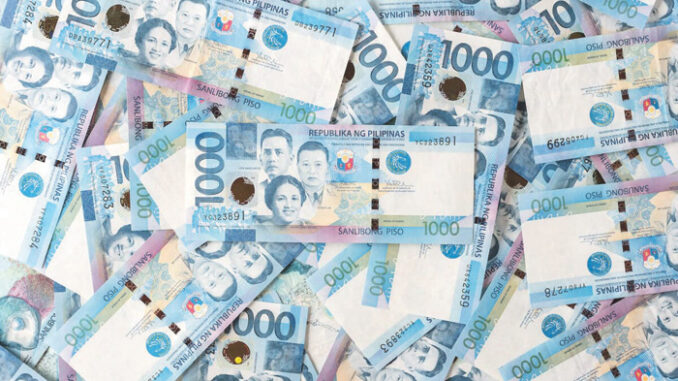
UK-based Oxford Economics expects the Philippine economy to grow faster in the fourth quarter of 2024, after expanding 5.2 percent in the third quarter.
“We think Q4 growth will be supported by seasonal holiday spending, which would likely result in 2024 growing by 5.8 percent year-on-year,” Oxford Economics.
The country’s gross domestic product grew by 5.2 percent year-on-year in the third quarter, slower than 6.4 percent in the second quarter. The slowdown was due to persistent weakness in goods exports and was partially related to extreme weather conditions.
“This sharp slowdown was partly related to extreme weather conditions – six storms in third quarter had caused delays in government projects and had devastated crops,” it said.
Oxford Economic noted that private consumption, a main driver of the GDP growth, showed some improvement, edging up to 5.1 percent in the third quarter from 4.7 percent in the second quarter.
It said that with gains in households’ purchasing power due to easing inflation, private consumption is expected to continue improving, but at a slow pace.
Oxford Economics also predicted that the Bangko Sentral ng Pilipinas would continue its monetary easing cycle, providing support for growth prospects in 2025.
“We expect the central bank will cut their policy rate by another 25 bps [basis points] at its next meeting in December, and by 25 bps each quarter in the coming year. More accommodative monetary policy settings will support growth next year,” Oxford Economics said.
“But, the uncertain growth outlook of China and policy risks from the US under Trump pose material downside risks to our forecasts,” it said.
Data showed that investment grew by 7.5 percent the third quarter, after a 9.7-percent increase in the second quarter.
Construction investments grew by 8.9 percent, with the private sector leading the way. However, private construction investments still have a significant gap to fill before returning to pre-pandemic levels, it said.
Total exports fell 1 percent year-on-year in the third quarter, driven by persistent weakness in goods exports. Goods exports contracted by 3.5 percent, offsetting some growth in services exports, which rose 2.8 percent.
Electronic exports kept falling due to inventory corrections and the Philippines’ less competitive product mix, Oxford Economics said.
It also noted that the growth of government spending moderated to 5 percent in the third quarter from 11.9 percent in the second quarter.


Be the first to comment